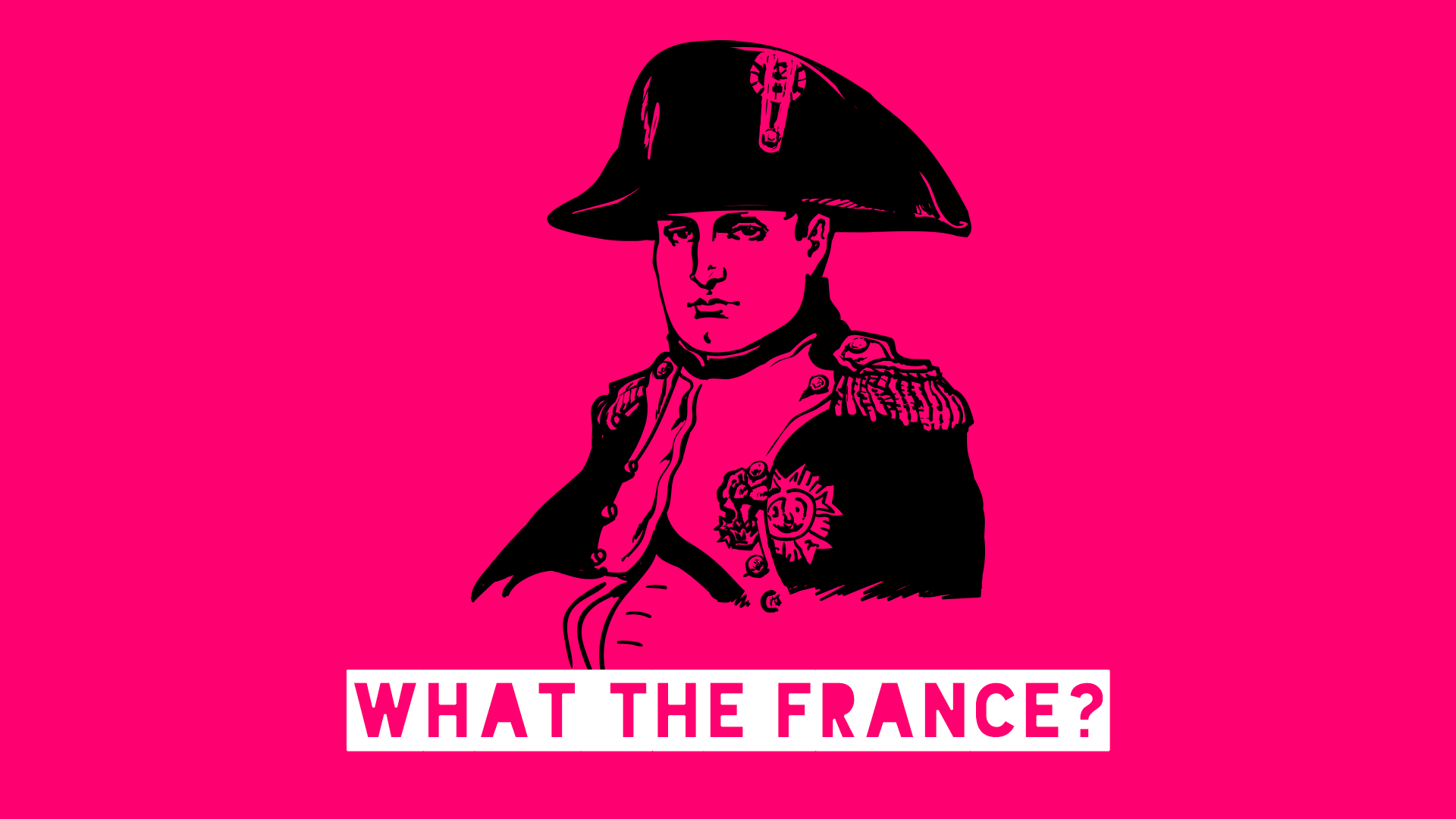
What is a: Napoléon Bonaparte?
Born: 15 August 1769 in Ajaccio, Corsica
Died: 5 May 1821, Saint Helena
Job
Emperor of the French, Head of the French Army
Best bits
Winning 53 out of 60 battles
Napoléon is recognised as being the greatest-ever war general. His knowledge of military history, organisational skills, tactical genius and strengths as a leader are just some of the attributes that propelled him from success to success. His greatest triumphs were his speedy campaign against Italy (1796-97) which saw him proclaimed a national hero for the first time, and the Battle of Austerlitz (1805) where he outwitted the Austrian allies – superior in numbers – by luring them into a series of traps.
Leading a coup and becoming leader of France
With his military success, Napoléon’s popularity with the army and the public was so great that he met with little resistance as, in 1799, he stormed a French government meeting, forcing them to appoint him as leader. A few smart political moves later – including outwitting the other two men who had led the coup with him – and Napoléon was the sole person in charge as First Consul of France.
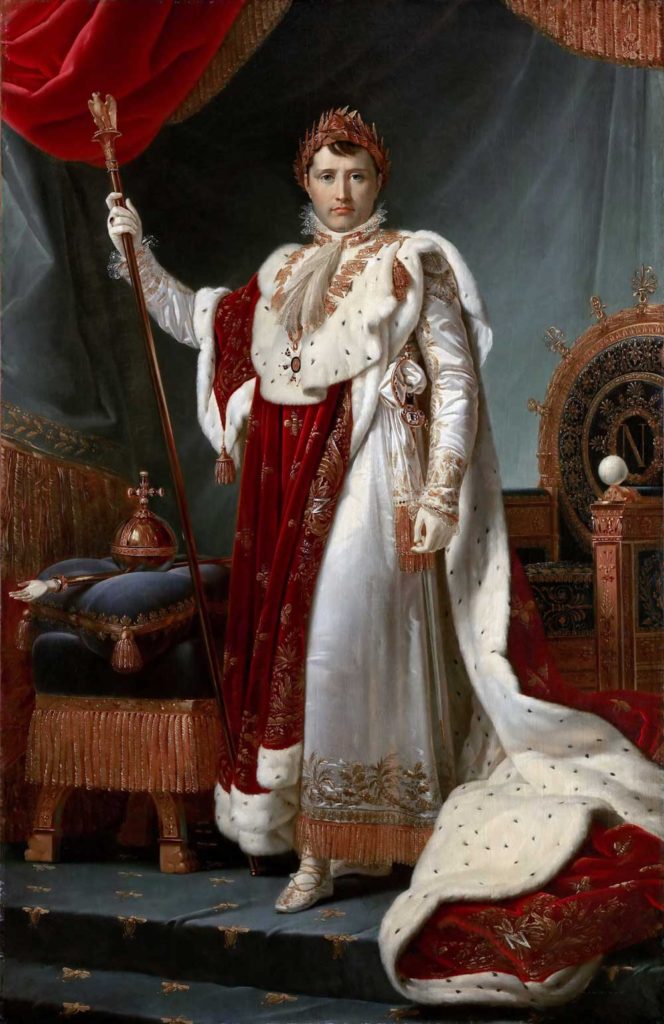
Becoming Emperor
Following a few assasination attempts (you know how it is) Napoléon decided that the best way of securing his position as France’s most valuable player was to have himself declared Emperor. In a referendum, 99% of voters agreed that he should, as by this point – after all the revolting that had been going on – the French were just quite tired and ready for a spot of stability. He was crowned Emperor of the French in 1804 by the Pope and Joséphine became Empress.
Giving his relative jobs as royalty
Keen on building a dynasty, Napoléon made his male relatives kings of Spain, Holland, Naples, and northern Germany. His son was entitled to be King of Rome through his mother, so that was another kingdom in the bag.
Creating the Napoléonic Code
This is a biggy. More than his military successes, Napoléon was most proud of his liberal legal reforms that still form the basis of civil law in much of Continental Europe today. The changes, based on the principal of equality of man, secured the right for all (men) to own property, practise the religion of one’s choice and be treated equally in a court of law. That’s not enough for you? Additionally, he ended feudalism, legalised divorce, ensured entitlement to secondary education, put an end to the Inquisition(!), demolished the Jewish ghettos and generally diminished the power of religious authority. Want to feel bad about yourself and your achievements? He did all this by the time he was 35.
Worst bits
An attempted bombing of his family by Royalists
A family outing to the opera in Paris took a turn for the terrorist when a royalist-supporter bomb went off as the Bonapartes’ carriages passed by. The blast resulted in only minor injuries to a sister-in-law and the deaths of some historically unimportant passers-by so the royal family continued to the opera, keen not to waste their tickets.
Re-establishing slavery in France’s Caribbean colonies
The French revolutionary government abolished slavery in 1794 but Napoléon brought it back less than 10 years later because he really, really needed the money to fight wars in Europe. One result of this was that slaves on the island of Saint-Domingue rebelled successfully against the French, creating the independent state of Haiti.
Selling a big chunk of the (now) United States very cheaply
If we imagine the east and west coasts of today’s USA as being bread in a sandwich, then the filling in the middle is what France owned* in the early 1800s. It amounted to over 2 million km2 land. As we have already seen, Napoléon was in need of cash for his warring, so agreed to sell it to the fledgling US government in a deal known as the Louisiana Purchase. This transfer of ownership doubled the size of the United States’ territory – and all at the bargain price of 3 cents (USD) an acre, or 66 cents in today’s money.
(* ignoring the Native Americans’ claims to this land)

Invading Russia
Napoléon was battling European nations throughout his reign and decided to take the fight with one of his main provocateurs, Russia, into its home turf. Around 500,000 French and allied troops took part in the invasion of Russia in September 1812. Things started out well enough with the Grande Armée achieving a bloody French victory at the Battle of Borodino and the Russians retreating. But it came at a price, with the loss of a third of the 130,000 French soldiers that took part in the battle. The French pressed onto Moscow, only to find the city empty of people and in flames – a scorched earth tactic that would be used to great effect by the Russians throughout the campaign.
With the Russians refusing to concede defeat and winter fast approaching, Napoléon sent his troops on the slow journey homewards across poor roads and without food or provisions for an army. Starvation, disease, exhaustion and – eventually – the devastating effects of freezing weather on soldiers equipped for summer, caused of deaths of hundreds of thousands of men. Then there were those killed in Russian guerilla attacks, while other soldiers were captured or deserted. Napoléon returned with a vastly depleted army – estimates vary from 10,000 to 70,000 survivors.
Defeat, exile, comeback, defeat, exile
Various coalitions of European nations had been formed over the years to try to topple Napoléon. But it was only on the sixth attempt that the Allies achieved what they had been striving to do for so long. With French forces in Paris surrounded and outnumbered by five-to-one, Napoléon abdicated and was sent to Elba, a tiny island off the coast of Italy. With some sort of sick sense of humour, the Allies allowed Napoléon to remain Emperor, but only of the Elba, population 12,000. It was on Elba that Napoléon learned of the death of his great love Joséphine. He shut himself away in mourning for two days.
That wasn’t the end of Napoléon, of course. He escaped on a ship, made his way to France where he rallied supporters and marched on Paris, causing the restored Bourbon king to flee to Belgium. He ruled for a hundred days before finally being defeated by the British and Prussian armies in the Battle of Waterloo. Napoléon surrendered to the British and was taken to a remote island off the coast of Africa to live out the rest of his days.
Death on St Helena
His final years on the lonely little Atlantic island were not happy. Supplies were low, living conditions were damp and cold, and he had little news from the outside world. To occupy himself, Napoélon wrote his autobiography, a book about his hero Julius Caesar and started learning English so that he could read the newspapers available on the island. His death at 51 from stomach cancer came in the sixth year of his exile.
Significant others
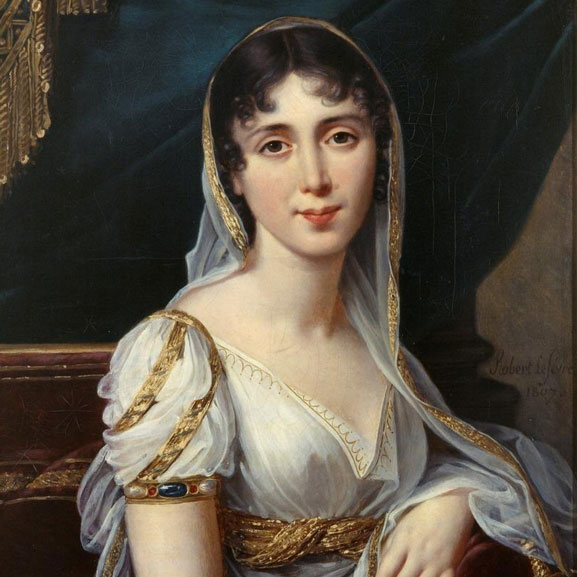
Fiancé: Désirée Clary, later the Queen of Sweden and Norway
The couple got engaged when Napoléon was a rising general but he broke it off when he met the love of his life, Joséphine.
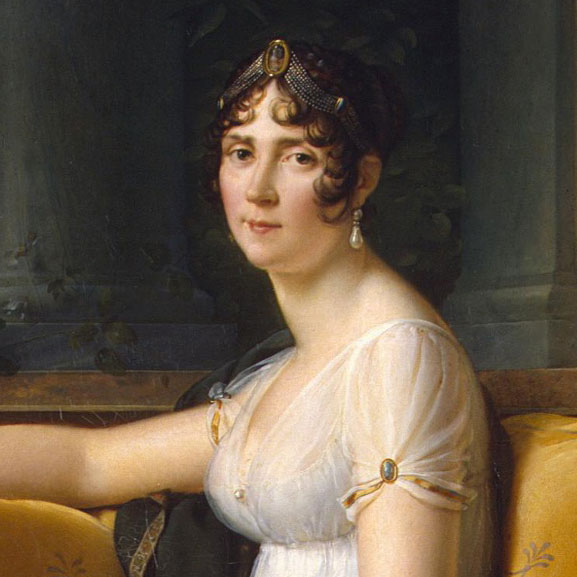
First wife: Joséphine de Beauharnais
Napoléon was head-over-heels in love with Joséphine, an older widow with two children whose first husband was guillotined during the revolution. Joséphine was decidedly less enthusiastic about Napoléon, initially at least, though their relationship deepened to one of great affection which continued after their split. Both had affairs that the other was aware of but it was their inability to have children that led Napoléon having their marriage annulled, freeing him to start his family dynasty with another wife.
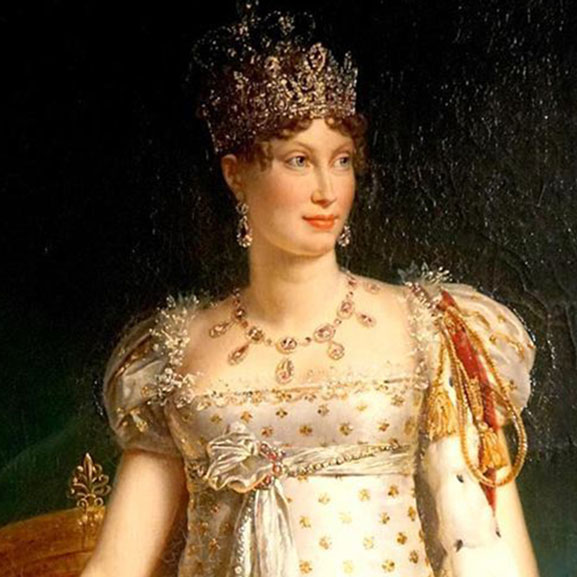
Second wife: Marie Louise of Austria
Napoléon famously said of wife number 2 that he was “marrying a womb”. But what a womb! Marie Louise was about as fancy an aristocratic as it’s possible to be – her father was Emperor of Austria and Holy Emperor of Rome – and she duly produced a son, Napoléon II a.k.a. the King of Rome. When events turned against Napoléon and he found himself imprisoned on Elba, Marie Louise didn’t join him, opting to have an affair in a spa town instead.
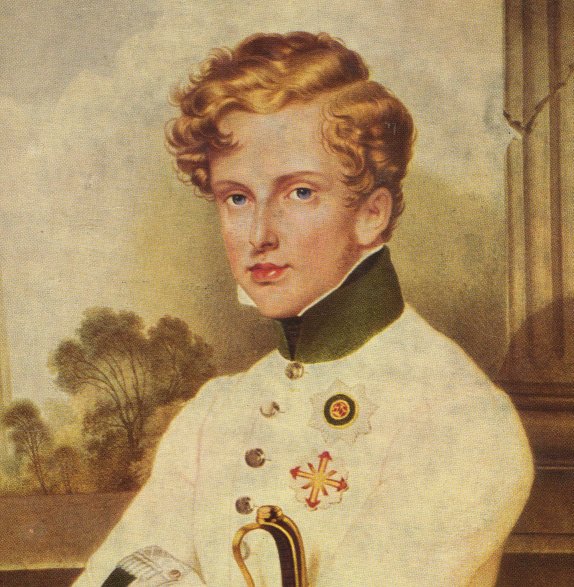
Children: Napoléon II (son)
After his father’s death, young Napoléon was welcomed by his maternal grandfather into the Austrian court. A tall young man (6 feet!), he was interested in a military career but died of tuberculosis aged 21 before he had the chance to pursue it. Young Napoléon was estranged from his mother, saying that she was weak and Joséphine was the wife his father deserved. Hitler sent Napoléon II’s remains from Austria to be buried with his father in Paris. Difficult to know whether this was nice or bitchy but, given that this was Hitler, let’s go with the latter.
Pets
Napoleon didn’t have any pets but his wife Joséphine had many, including a very jealous pug who attacked the couple while busy in the bedroom, leaving Napoleon with a scar on his leg. He did have a favourite horse, however, known as Marengo, a grey Arabian stallion.
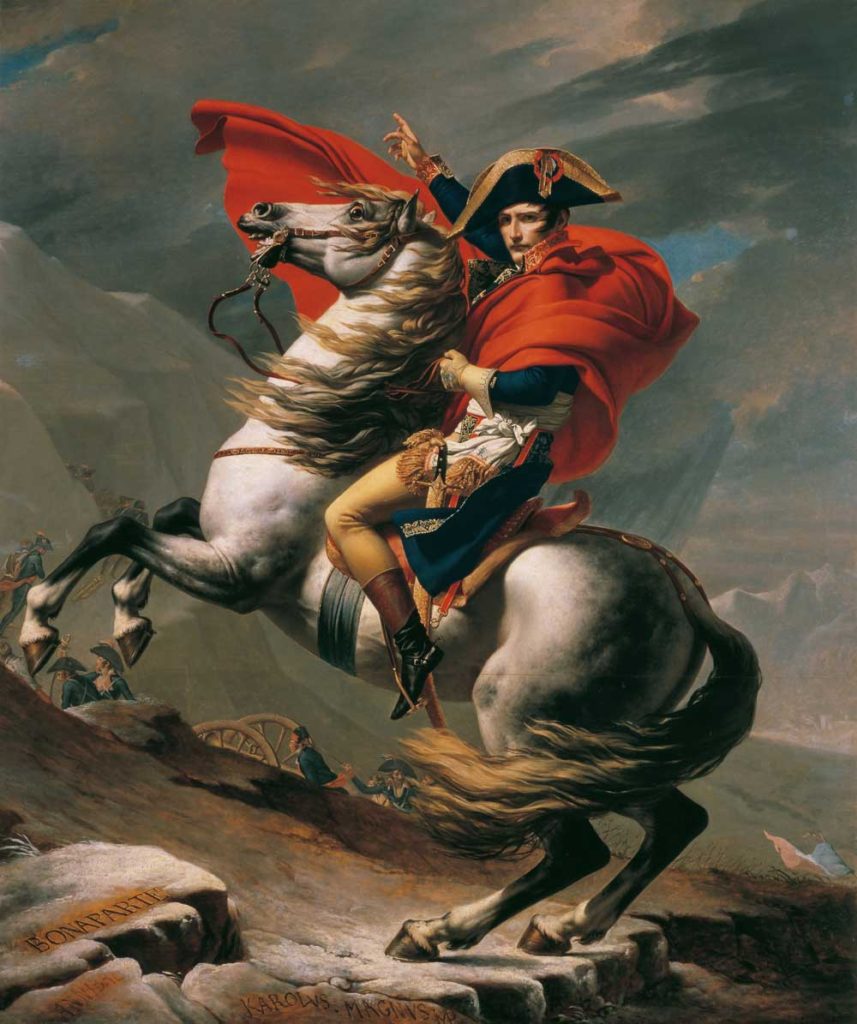
Favourite food
Story goes that Napoleon’s chef ran out of ingredients the night before a battle in Marengo (in modern-day Italy) and threw something together using what local produce he could find. The meal was a triumph and the battle was too. From then on it was Napoleon’s lucky dinner, known as chicken marengo.
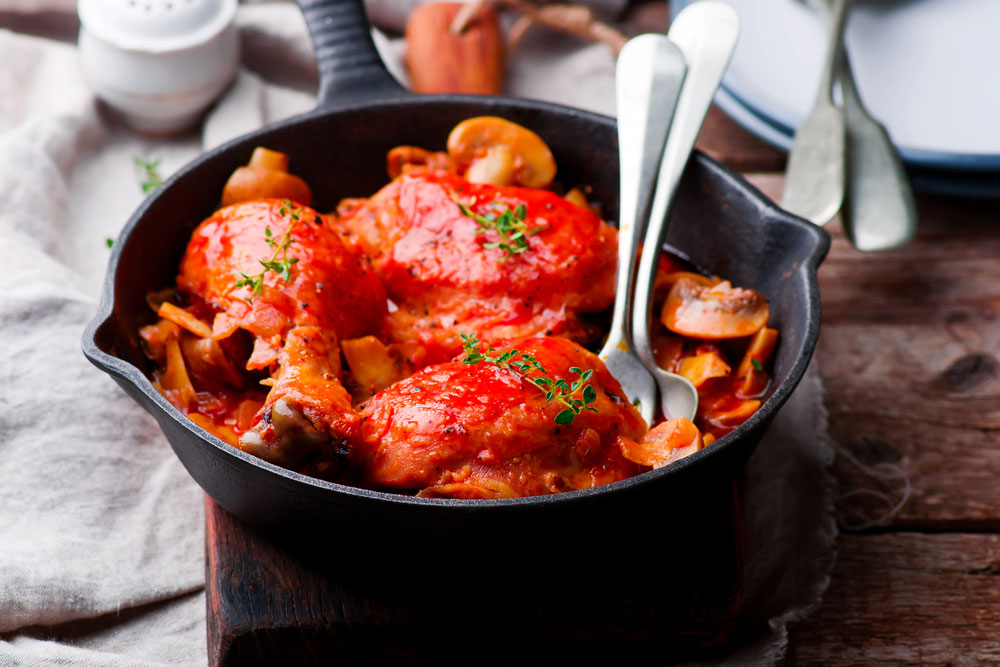
Fake news
His height. Napoléon was 168cm (5ft6) which was average height back in the day. The story that Napoléon was short was put about by the British in an effort to make him seem less intimidating. The Brits are also responsible for another big fat fib which was that Napoleon was afraid of cats; he wasn’t afraid of cats, he just thought they were lazy.
That’s weird
Napoléon’s penis was amputated during his autopsy and smuggled back to Corsica by a priest. It was eventually exhibited in New York 1927 and was described as being 2.5 cm in length and looking like “a piece of leather or a shrivelled eel”. The penis’ current owner has only allowed 10 people to look at it and no photographs have ever been taken of it, thank God.

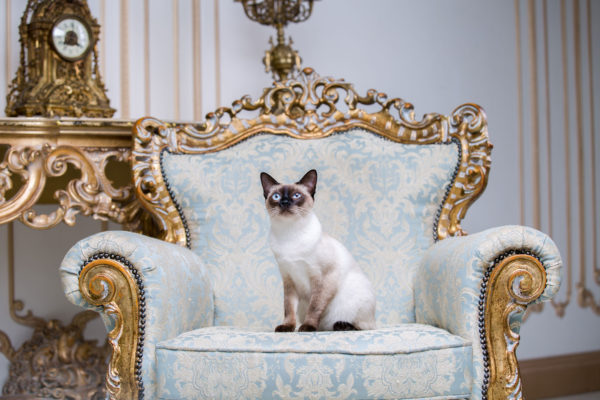
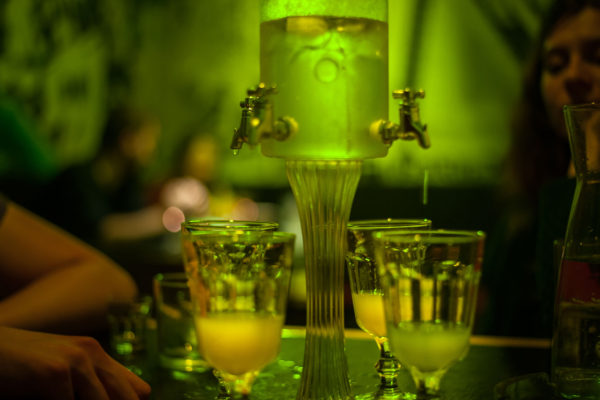
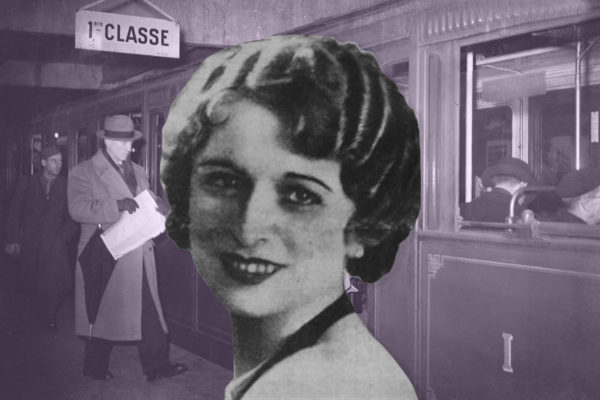
Al McKinnon, Calgary Canada
Thanks again, Jackie! A whole bunch of interesting stuff that I never bothered to look up, myself. Have a great new year. Please stay healthy and sane. … Al from Calgary Canada